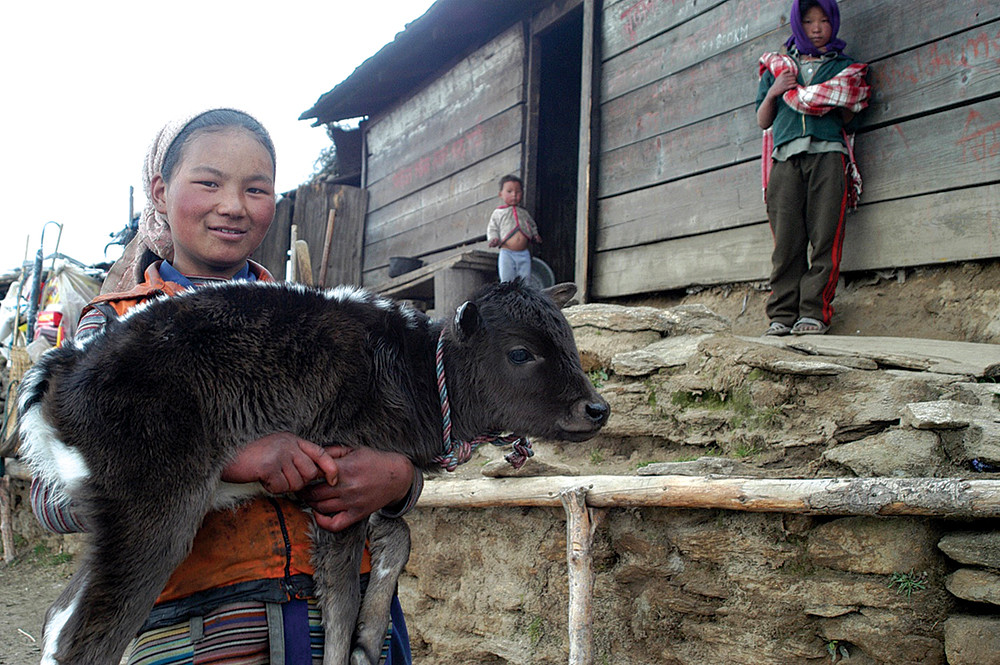
Asia’s strong economic rebound early this year is losing momentum. As a result, the International Monetary Fund (IMF) has cut growth forecasts for Asia and the Pacific to 4% this year and 4.3% next year (Regional Economic Outlook for Asia and Pacific, October 2022) (imf.org). These growth rates are well below the 5.5% average over the last two decades. Despite this, Asia remains a relative bright spot in an increasingly dimming global economy.
Waning momentum reflects three formidable headwinds, which may prove to be persistent:
- A sharp tightening of financial conditions, which is raising government borrowing costs. Rapidly depreciating currencies could further complicate policy challenges.
- The ongoing war in Ukraine, which has triggered a sharp slowdown of economic activity in Europe that will further reduce external demand for Asian exports.
- China’s strict zero-Covid policy and the related lockdowns, which, coupled with a deepening turmoil in the real estate sector, has led to an uncharacteristic and sharp slowdown in growth, which in turn is weakening momentum in connected economies.
Broad slowdown
China, a key driver of regional growth, is expected to grow this year by only 3.2% and accelerate to 4.4% next year, as pandemic restrictions are gradually loosened. In Japan growth is expected to remain unchanged at 1.7% this year before slowing to 1.6% next year, reflecting weaker external demand. Korea’s growth in 2022 has been revised up to 2.6% but revised down to 2% for next year reflecting external headwinds. India’s economy will expand, albeit more slowly than previously expected, by 6.8% this year and 6.1% in 2023, owing to a weakening of external demand and a tightening of monetary and financial conditions. The outlook is more challenging for some Asian frontier markets. Sri Lanka is still experiencing a severe economic crisis, though the authorities have reached an agreement with IMF staff on a programme that will help to stabilise the economy. In Bangladesh, the war in Ukraine and high commodity prices are dampening the robust post-pandemic recovery. The authorities have preemptively requested an IMF-supported program, which will bolster the external position, and facilitate access to the IMF’s new Resilience and Sustainability Trust to meet their large climate financing need, both of which will strengthen Bangladesh’s ability to deal with future shocks.Inflation remains elevated
Inflation now exceeds central bank targets in most Asian economies, driven by a mix of spikes in global food and energy prices, currencies falling against the US dollar, and shrinking output gaps. Core inflation, which excludes volatile food and energy prices, has also risen and its persistence — driven by inflation expectations and wages — must be closely monitored. The US dollar has strengthened as the Federal Reserve raises interest rates and signals further hikes to come. Most Asian emerging market currencies have depreciated by around 5-10% this year, while the yen has depreciated by more than 20%. These recent depreciations may keep inflation high for longer than previously expected. Higher commodity prices are abruptly raising the cost of living across the region, with particularly strong impact on lower-income households.Policy for challenging times
Amid lower growth, policymakers face complex challenges that will require strong responses. Central banks will need to persevere with their policy tightening until inflation durably falls back to target. Exchange rates should be allowed to adjust to reflect fundamentals. Foreign exchange interventions may become a useful part of the policy mix for countries with adequate reserves, alongside macroprudential policies. Countries should urgently consider improving their liquidity buffers, including by requesting access to precautionary instruments from the Fund for those eligible. Public debt has risen substantially in Asia over the past 15 years, especially during the pandemic. Fiscal policy should continue its gradual consolidation and focus on the medium-term goal of ensuring debt sustainability. In parallel, measures to shield vulnerable populations from the rising cost of living will need to be well-targeted and temporary. In countries with high debt levels, support will need to be budget-neutral to maintain the path of fiscal consolidation. Credible medium-term fiscal frameworks remain an imperative. Beyond the short term, policies must focus on healing the damage inflicted by the pandemic and war. Scarring from the pandemic and current headwinds are likely to be sizable in Asia, in part because of elevated leverage among companies that will weigh on private investment and education losses from school closures that could erode human capital if remedial measures aren’t taken today. Strong international cooperation is needed to prevent greater geoeconomic fragmentation and to ensure that trade aids growth. There is an urgent need for ambitious structural changes to boost the region’s productive potential and address the climate crisis.How does the regional outlook impact Nepal?
Nepal’s growth is forecast to rise to 5% in fiscal year 2022/23 and 5.3% over the medium term predicated on the decisive implementation of robust macroeconomic policies. Indeed, preserving macroeconomic and financial stability by maintaining a prudent fiscal stance, preserving reserve adequacy, and strengthening financial sector stability is one of the key objectives of the authorities’ reform agenda that is supported by the IMF’s Extended Credit Facility (ECF). Specifically, a prudent implementation of the FY 2023 budget remains key to safeguarding macroeconomic stability and debt sustainability. Further, maintaining a tight monetary policy stance is necessary to decisively address inflation and external demand pressures, limit the buildup of financial stability risks, and maintain adequate levels of foreign exchange reserves. The expected broad-based recovery is driven by envisaged public infrastructure and development spending, hydropower, and a gradual recovery in tourism and the service sector. High global commodity prices will cause headline inflation to remain elevated through fiscal year 2022/23 and to gradually fall within Nepal Rastra Bank’s target in the medium term as decisive monetary policy implementation continues to anchor expectations. The current account deficit is expected to fall to 6.3% of GDP this year, while international reserves coverage, buoyed by financing from the IMF-supported ECF programme and budget support by development partners, is expected to remain adequate. However, import bans introduced in April 2022 remain a concern as they may frustrate the orderly adjustment of the balance of payments over the medium term. Nepal’s macroeconomic outlook, like its neighbours, remains uncertain and subject to downside risks. On the external side, risks arise from protracted shocks in commodity prices, weaker global activity, a further slowdown in China and the intensification of export bans from trading partners. On the domestic front, risks stem from Nepal’s vulnerability to climate-related shocks and natural disasters. The continued implementation of the authorities’ reform agenda envisaged under the IMF-supported ECF programme can help Nepal tackle these emerging risks and to maximise its growth potential. READ ALSO:
Published Date: November 11, 2022, 12:00 am
Post Comment
E-Magazine
RELATED Guest Column


.jpg)


